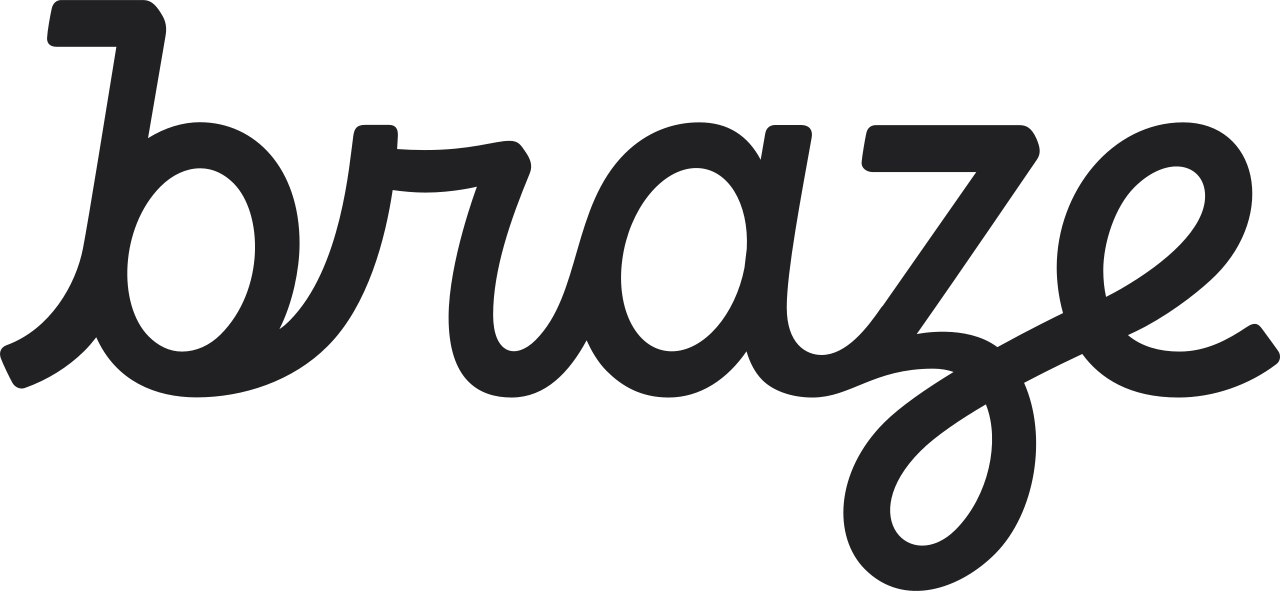The cost of customer acquisition (CAC) is on the rise.
But if brands also consider metrics like engagement and retention, they’ll be more likely to get their money’s worth. By blending retention into CAC, brands are investing in the future health of their business.
Last year, 45% of brands said they spent more than half of their marketing budget on retention strategies, up from 33% in 2020, according to recent research from marketing platform Braze.
CAC isn’t just the price tag on an app download, a web visit or a free trial sign-up. True CAC is the cost of turning someone into a loyal, long-term customer or even a brand evangelist, says Bill Magnuson, CEO and co-founder of Braze, on this week’s episode of AdExchanger Talks.
“These are the kinds of high-value action personas that, when you’re building a sustainable business, you need to drive toward,” Magnuson says.
Still, ad prices are up. Meanwhile, consumers are spending less for economic reasons, they’re bombarded by choice, and there’s increasing competition for their attention.
But the results are there for brands that focus their marketing strategy on customer engagement. Braze found that when brands send cross-channel messages, for example, recipients have a 55% higher 90-day retention rate compared with those who engage through a single channel.
Becoming a part of someone’s regular routine and delivering valuable experiences so they tell their friends and family about your brand – “those are really difficult things to accomplish,” Magnuson says.
But for those that can do it, he adds, “the prizes are really big.”
Also in this episode: Ambient computing, what rebranding has to do with the Polynesian Kingdom of Tonga, how consumer loyalty is evolving and surviving a zombie apocalypse.













